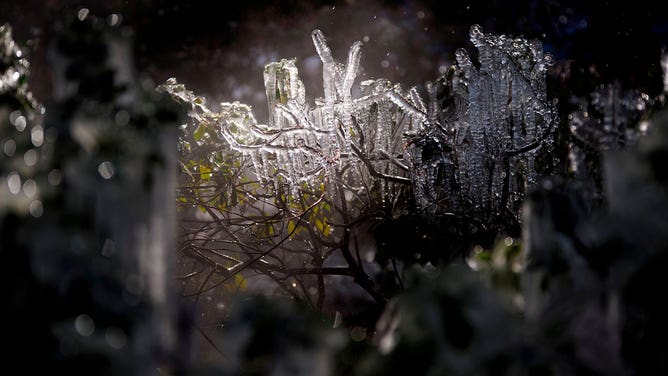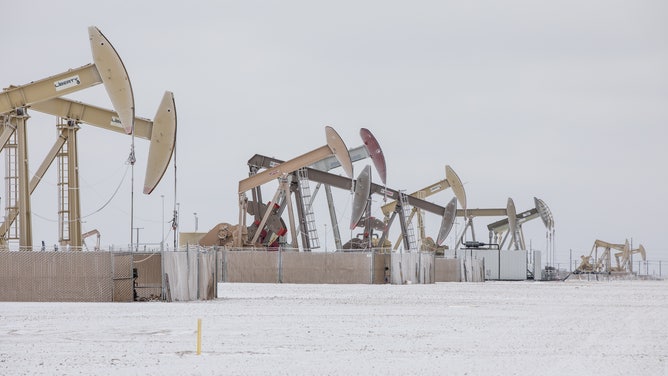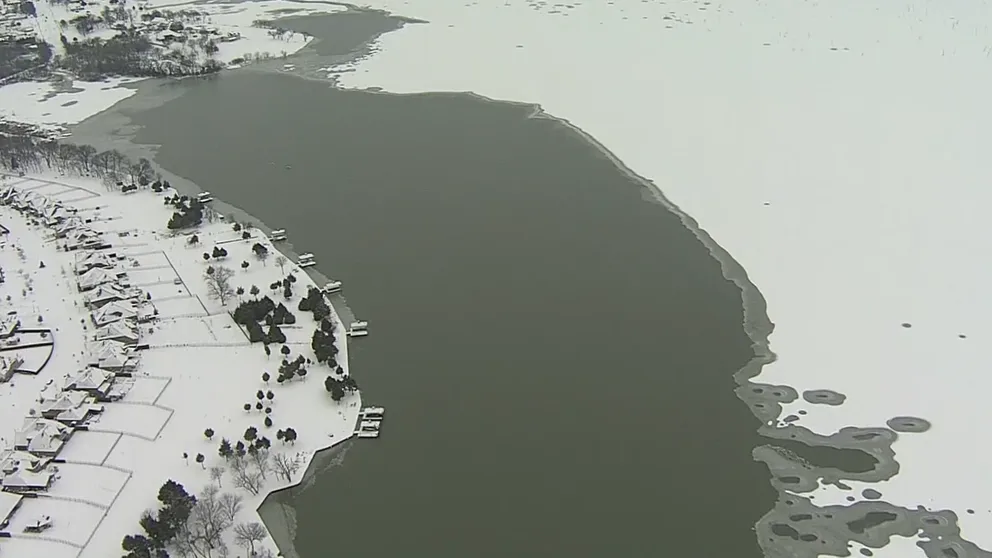Is the Texas power grid ready for the next great freeze? The answer is mixed
The 2021 winter storm left millions in Texas without electricity for days amid the coldest temperatures in a decade
The Great Texas Freeze
One year ago, Texas was struck with an unforgettable winter storm.
HOUSTON – This time last year, the coldest air in decades was spilling into Texas. Forecasters had warned of a few rounds of snow and ice that would be followed by reinforcing shots of arctic air.
Everything seemed to be going normally until the early morning hours of Feb. 15. That was when demand for power to heat homes in the frigid Lone Star State peaked while at the same time power plants began failing. The result was mandated blackouts to prevent a catastrophic overload of the power grid. Those blackouts ended up keeping millions across the state in the cold and dark for days.
More than 200 people died because of what some now call the Great Texas Freeze of 2021.
There was plenty of finger-pointing during and after the crisis, but an investigation by federal energy regulators laid the blame on frozen equipment at power plants and natural gas facilities.
The investigation also found that more than 20 power plants in Texas did not have any winterization plans despite standards recommending they do so.
In the days that followed, Texas lawmakers vowed to prevent such a calamity from happening again. They passed legislation that, among other things, increased the fines levied against power generation companies that fail to weatherize their facilities.

Icicles form on a bush in downtown Houston, Texas on February 15, 2021.
(MARK FELIX/AFP/AFP via Getty Images)
Hindsight is 20/20
Last year’s cold was not the first time Texas has dealt with freezing weather. Ten years earlier, the state was plunged into a deep freeze, which also led to a failure of the grid and widespread power outages.
Ross Baldick, an emeritus professor at the Department of Electrical and Computer Engineering at UT Austin, has done research focused on electricity markets and operational systems. He said some power companies did learn from 2011 and weatherized up to that level.
"I think it's fair to say that, in retrospect, we should have paid more attention in 2011 to mandating weatherization," Baldick said. "That's with 20/20 hindsight, right? … I certainly wasn't advocating that 10 years ago. So, I don't think I can blame anybody for not being more strident, but with the 20/20 hindsight, you know, we, meaning we as a community, failed to see the writing on the wall and make some requirements."
GREAT TEXAS FREEZE WAS EXTREMELY COLD, BUT FEBRUARY 1899 IN THE PLAINS WAS IN ANOTHER LEAGUE
Daniel Cohan, an associate professor of civil and environmental engineering at Rice University, has also done research focused on energy policy. He said the 2021 freeze was much worse than 2011, but there were valuable lessons that could have been gleaned from the earlier freeze that may have helped prevent last year’s crisis.
"So when this deeper freeze happened in 2021, what had just been some temporary localized blackouts in 2011 became problems statewide for a few days that those blackouts lasted," Cohan said. "We didn't take the steps to winterize our gas supply. We didn't take the steps to winterize our power plants and, so hundreds of people died as a consequence -- hypothermia, carbon monoxide poisoning. This was a deadly failure that happened last year."

Frozen utility lines in Austin, Texas, U.S., on Wednesday, Feb. 17, 2021.
(Thomas Ryan Allison/Bloomberg via Getty Images)
Weathering the next great freeze
Officials at the Electric Reliability Council of Texas, the agency that manages the state's power grid and mandated the 2021 blackouts, said in January that 99% of power plants and transmission stations in the state were ready for the winter, noting onsite inspections of weatherization efforts at 324 facilities. Only three were found lacking.
Baldick said he believes electricity providers have taken the lessons learned from the 2021 freeze seriously, and that those systems are in better shape for the next big freeze. He said it’s still unclear whether the natural gas system is better prepared.
That is problematic because a little more than half of the power generated in Texas in 2021 came from burning natural gas, according to ERCOT.
"Let's say a gas-fired generator has done all the winterization stuff, and it failed in 2021, but if a similar event happened … if it still doesn't have gas, we're still no better off," Baldick said.
Cohan is equally concerned about the status of the natural gas supply system, noting run-of-the-mill cold snaps have led to a reduction in gas production in Texas’ fuel-rich Permian Basin each time they happen.
WHAT IT WAS LIKE TO LIVE AND WORK IN HOUSTON DURING TEXAS’ CRIPPLING 2021 WINTER STORM
"I think we're still vulnerable to fuel shortages if we were to have a really deep freeze, and that means that there's natural gas power plants that have been improving their own operations (that) might not have enough fuel to burn," Cohan said. "I think other parts of the system are improving."
Cohan said another Achilles’ heel of the Texas power grid, in his opinion, is the lack of connections to outside grids. This makes it harder for ERCOT to buy power from neighboring systems if there isn’t enough available in the state to meet demand.
"We're still this disconnected island, unlike the rest of the country, so we're still leaving ourselves vulnerable in that way," Cohan said.
Baldick said correcting that is no small task for two reasons.
"It's a non-trivial expenditure -- we're talking quite a few billions. Of course, the cost of the blackout was billions, as well," Baldick said.
"To build transmission all the way from Texas to the eastern seaboard means going through a lot of other jurisdictions, and they're not necessarily very interested in transmission to facilitate trade between Texas and the rest of the country," he added.
Both Baldick and Cohan agree that while Texas has taken steps to better prepare for the next great freeze, there is still much to be done.

Pumpjacks operate in the snow in the Permian Basin in Midland, Texas, U.S, on Saturday, Feb. 13, 2021.
(Matthew Busch/Bloomberg via Getty Images)
How things have gone so far this winter
A cold snap nearly a year after the so-called Great Freeze was the first real test of the state’s power grid, although neither the extent nor the duration was anywhere near last year’s freeze.
It was enough, however, to get people in Texas worried about what might happen when another arctic blast arrived. State officials expressed confidence in the grid, but with a caveat.
"No one can guarantee that there won’t be a, quote, load-shed event, but what we will work and strive to achieve, and what we’re prepared to achieve, is that the power is going to stay on across the entire state," said Texas Gov. Greg Abbott at a Feb. 1 press conference.
ERCOT officials also assured residents that the grid was ready.
"We are ready for this storm," said ERCOT’s interim CEO Brad Jones at the same press conference. "We’ll be prepared for this."
At the peak of the most recent storm, about 70,000 customers were without power. Unlike last year, however, these outages were not because of problems with the grid. According to Abbott, they were due to power lines toppled by snow and ice.
